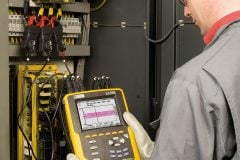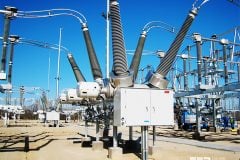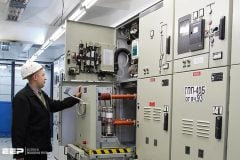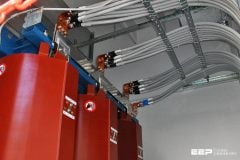
Backflash
A lightning stroke is defined as a direct stroke if it hits either the tower or the shield wire or the phase conductor. This is illustrated in Figure 1. When the insulator string at a tower flashes over by direct hit either to the tower or to the shield wire along the span, it is called a backflash; if the insulator string flashes over by a strike to the phase conductor, it is called a shielding failure for a line shielded by shield wires.
Of course, for an unshielded line, insulator flashover is caused by backflash when the stroke hits the tower or by direct contact with the phase conductor.
In the analysis of performance and protection of power systems, the most important parameter that must be know n is the insulation strength of the system. It is not a unique number. It varies according to the ty pe of the applied voltage, e.g. DC, AC, lightning , or switching surges.
For the purpose of lightning performance, the insulation strength has been defined in two ways:
- Basic impulse insulation level (BIL),
- Critical flashover voltage (CFO or V50 )

BIL has been defined in two ways.
The statistical BIL is the crest value of a standard (1.2 =50- ms) lightning impulse voltage, which the insulation will withstand with a probability of 90% under specified conditions. The conventional BIL is the crest value of a standard lightning impulse voltage, which the insulation w ill withstand for a specific number of applications under specified conditions. CFO or V 50 is the crest value of a standard lightning impulse voltage, which the insulation will withstand during 50% of the applications.
Analysis of direct strokes to overhead lines can be divided into two classes: unshielded lines and shielded lines.
SOURCE: Power Systems, Pritindra Chowdhuri – Tennessee Technological University










